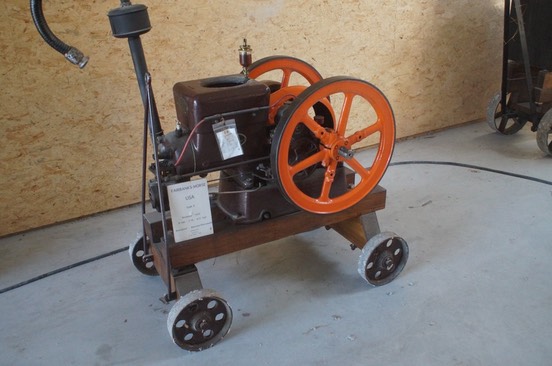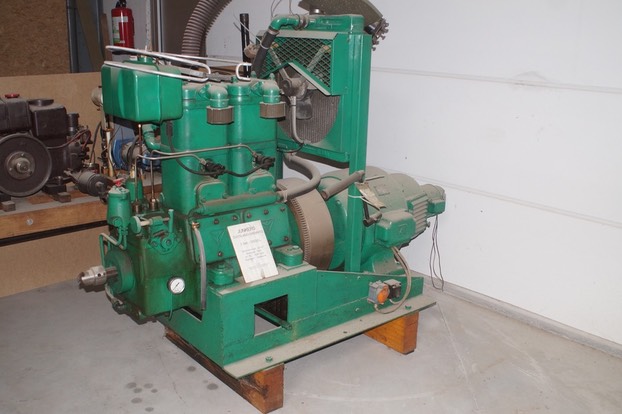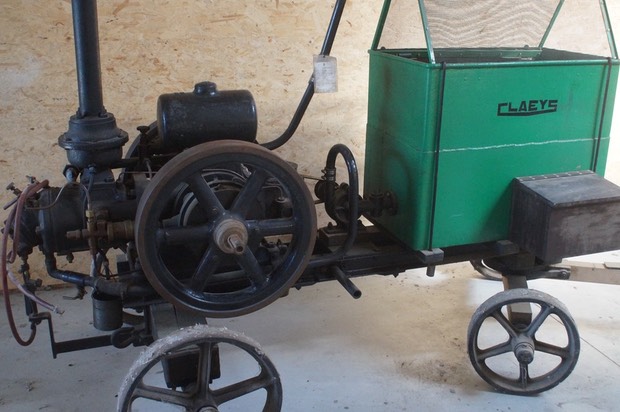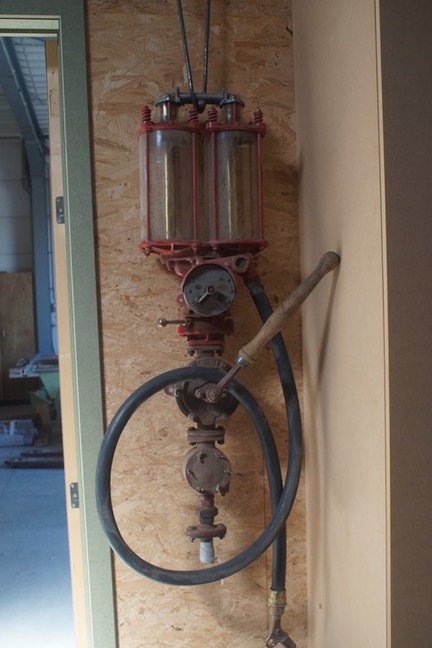In case you wondered why I haven’t updated this blog for a while… Over the past weeks, I have been busy with a number of projects, all completely unrelated to bridge. One of them is now in a state where it can be announced in public: the transfer of the PDP collection to a new home.

The PDP collection (Paul de Pecker) is a collection of approximately 23 stationary internal combustion engines as well as related items like tools, generators, a fuel pump and other bits and pieces. All engines are from the periode 1915 to 1942, and were originally built by manufacturers in Belgium, England, France, Germany and Italy. Most of those factories have disappeared over the years.

A stationary engine is an engine that provides power to a machine without moving the machine itself. Stationary engines were used for argricultural purposes, in ships and to generate electricity. The collection is part of the industrial heritage.
The collection was put together by Paul de Pecker. He has been collecting and restoring them as a hobby for many years. When he found the engines, they were usually in an awful state and most people would describe them as old rusty iron. Mr. de Pecker spent many hunderds of hours to get them running again. As spare parts were no longer available, he had to make parts himself using the original drawings. In the end, all engines were in working order.

After Mr. de Pecker passed away in 2008, the collection ended up in storage. In the summer of 2016, his grandchildren asked me to investigate what could be done with this collection.
It took me a while, but I ended up getting in touch with the Motoren Museum in Nieuwe Niedorp (about an hour north of Amsterdam). This museum specializes in old engines and related objects, and was happy to include the collection into its regular exhibition. I have visited the museum, and if you are into old technical objects, it is a great place to spend an afternoon: 275 engines, all in working order, but also lots of related objects. The curator gave me a quick tour, where quick is about an hour, but I could have easily spent the whole day there. All objects are in working order, during regular opening days some of them will be switched on.

Anyway, we have agreed on the principle and the collection will be moved to Nieuwe Niedorp in the coming months. While that sounds easy, the devil is in the detail, First, they have to be well presented and, as they haven’t been used for years, checked before they can run again. Then, these are heavy objects that aren’t easy to move. Also engines have an exhaust and produce carbon-monoxide. Those exhausts have to be hooked up to a ventilation system. And finally, an exhibiition is worth nothing if nobody shows up, so we have to think about PR activities as well.
All this will require a lot of work from the volunteers in the museum (and myself) in the coming months, but, hey, it is a lot of fun.
The museum is now closed for the winter. The plan is to complete transfer and installation in the next months, with the goal to have them all ready to run at the start of the 2017 season on April 1st. An official opening is planned for that day, and that is another detail to be worked out. But, if you are in North Holland next year, put this on your bucket list.
In the meantime, you can look at more pictures here.
